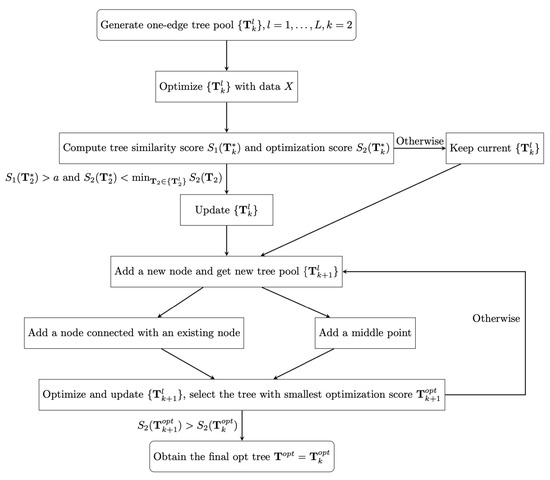Feature Papers in Bioinformatics
A topical collection in Genes (ISSN 2073-4425). This collection belongs to the section "Bioinformatics".
Viewed by 81209Editor
Topical Collection Information
Dear Colleagues,
This Special Issue, “Feature Papers in Bioinformatics”, aims to collect high-quality research articles, review articles, and communications on advances in the research area of bioinformatics. Since the aim of this topical collection is to illustrate, through selected works, frontier research in the field of bioinformatics, we encourage Editorial Board Members of the Section “Bioinformatics” to contribute feature papers reflecting the latest progress in their research field or to invite relevant senior experts and colleagues to make contributions to this Special Issue. We aim to represent our Section as an attractive open-access publishing platform for bioinformatics. Topics include but are not limited to:
- Molecular sequence analysis
- Sequencing and genotyping technologies
- Regulation and epigenomics
- Transcriptomics, including single-cell
- Metagenomics
- Population and statistical genetics
- Evolutionary, compressive, and comparative genomics
- Structure and function of non-coding RNAs
- Computational proteomics and proteogenomics
- Protein structure and function
- Biological networks
- Computational systems biology
- Privacy of biomedical data
- Bioimaging
Prof. Dr. Stefano Lonardi
Guest Editor
Manuscript Submission Information
Manuscripts should be submitted online at www.mdpi.com by registering and logging in to this website. Once you are registered, click here to go to the submission form. Manuscripts can be submitted until the deadline. All submissions that pass pre-check are peer-reviewed. Accepted papers will be published continuously in the journal (as soon as accepted) and will be listed together on the collection website. Research articles, review articles as well as short communications are invited. For planned papers, a title and short abstract (about 250 words) can be sent to the Editorial Office for assessment.
Submitted manuscripts should not have been published previously, nor be under consideration for publication elsewhere (except conference proceedings papers). All manuscripts are thoroughly refereed through a single-blind peer-review process. A guide for authors and other relevant information for submission of manuscripts is available on the Instructions for Authors page. Genes is an international peer-reviewed open access monthly journal published by MDPI.
Please visit the Instructions for Authors page before submitting a manuscript. The Article Processing Charge (APC) for publication in this open access journal is 2600 CHF (Swiss Francs). Submitted papers should be well formatted and use good English. Authors may use MDPI's English editing service prior to publication or during author revisions.
Keywords
- sequence analysis
- sequencing technologies
- genotyping technologies
- gene regulation
- epigenomics
- epigenetics
- transcriptomics
- single-cell
- metagenomics
- population genetics
- statistical genetics
- comparative genomics
- non-coding RNAs
- proteomics
- proteogenomics
- systems biology
- privacy of biomedical data
- bioimaging
































